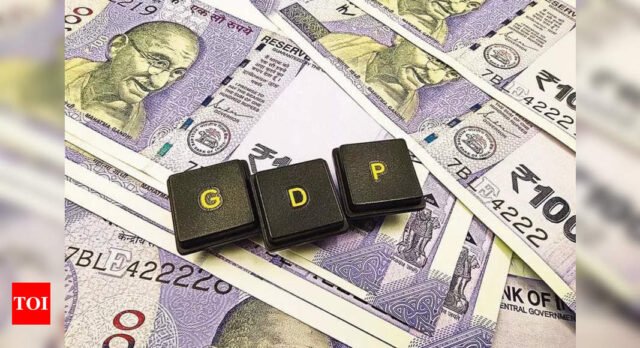Hyderabad: In a remarkable shift in India’s economic landscape post-1991, Telangana has emerged as a frontrunner among southern states in terms of per capita income (PCI) growth, according to the recent Economic Advisory Council to the Prime Minister‘s (EAC-PM) findings.
The report highlights that Telangana’s PCI now stands at an impressive 193.6% of the national average, reflecting a significant 94% higher income level than the national norm. This positions Telangana not only as a leader in the southern region but also as one of the top performers nationally. The state’s rapid economic ascent underscores the transformative effects of economic liberalisation, with Telangana now outpacing other large states, including Karnataka, Tamil Nadu, and Kerala.
Economists say this achievement has solidified Telangana’s place as a major economic powerhouse in India. According to the study, the PCI in all southern states has consistently risen above the national average since the 1991 economic liberalisation.
Karnataka and Tamil Nadu follow behind Telangana, with PCIs 81% and 71% higher than the national average, respectively. Among large states, Telangana and Karnataka boast the second and third-highest PCIs in the country, underlining their growing economic clout.
The report highlights that the southern and western regions of India have been outperforming others, with parts of the northern region also making notable strides. Interestingly, maritime states have shown exceptional progress, with the exception of West Bengal, further cementing the southern states’ strong economic performance.
Before 1991, southern states had not performed as expected, but after the liberalisation, they quickly rose to the top. By 2023-24, Karnataka, Andhra Pradesh, Telangana, Kerala, and Tamil Nadu together accounted for nearly 30% of India’s GDP. Karnataka’s share of the GDP increased from 5.4% in 1960-61 to 8.2% in 2023-24, making it the third-largest contributor to the nation’s economy. Similarly, Telangana’s rapid growth post-bifurcation has played a significant role in boosting Andhra Pradesh’s overall share to 9.7%, although it has remained largely unchanged since the division of the state.
Tamil Nadu reversed its decline before 1991, raising its GDP share from 7.1% in 1990-91 to 8.9% in 2023-24. However, Kerala, despite its strong performance in the past, has seen a slight decline, with its share dropping from a peak of 4.1% in 2000-01 to 3.8% in 2023-24.
Overall, the southern states’ robust growth, especially post-1991, has reshaped the economic landscape of India, making them key players in the nation’s economic development. While some states like Kerala face challenges, the region’s collective contribution to India’s GDP in 2023-24 stands at an impressive 30.6%, underscoring the success of economic liberalisation in driving regional prosperity.








